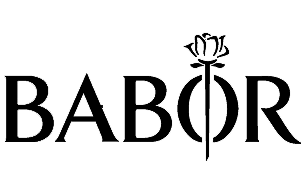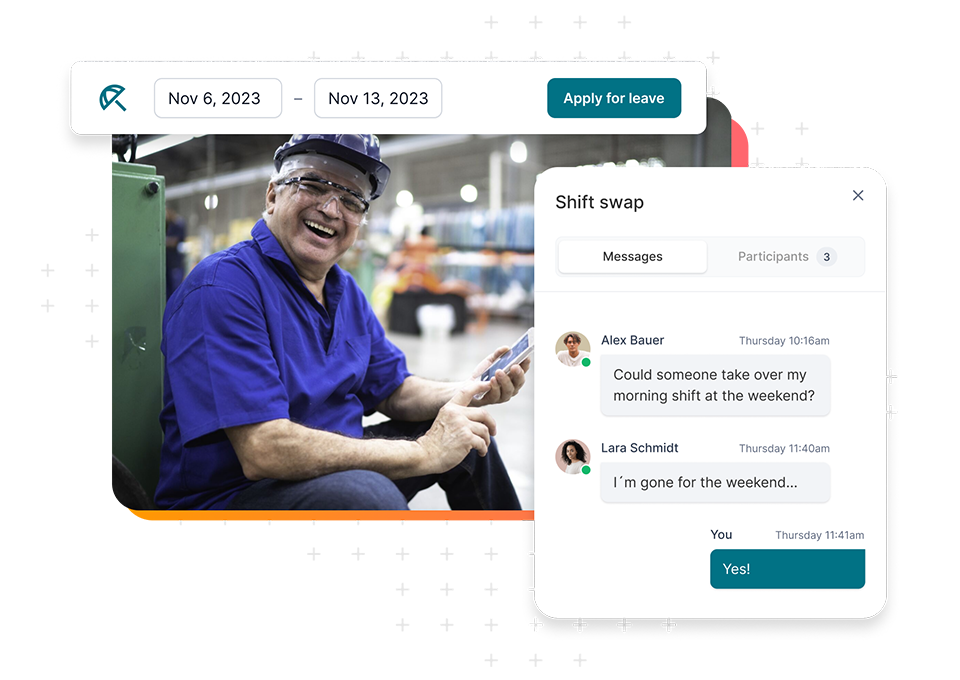Functional overview WorkforcePlus
A good schedule supports productive use of working time, service levels, and employee satisfaction. WorkforcePlus combines these interests.
Functional overview WorkforcePlus
A good schedule supports productive use of working time, service levels, and employee satisfaction. WorkforcePlus combines these interests.
Level up for workforce management
Level up for workforce management
Making workforce management simple. Because you drive with GPS, because you talk instead of type – because even highly complex scheduling is easier and faster with AI. Digital workforce management with AI schedules faster, easier, fairer, safer, and more flexibly.
Making workforce management simple. Because you drive with GPS, because you talk instead of type – because even highly complex scheduling is easier and faster with AI. Digital workforce management with AI schedules faster, easier, fairer, safer, and more flexibly.
Design good schedules
Understand and cover requirements, all availabilities, rules, and qualifications always in view. Who is needed when and who is allowed to work where? If the interests of employers, and employees are then taken into account, this is really good planning.
Understand and cover requirements, all availabilities, rules, and qualifications always in view. Who is needed when and who is allowed to work where? If the interests of employers, and employees are then taken into account, this is really good planning.
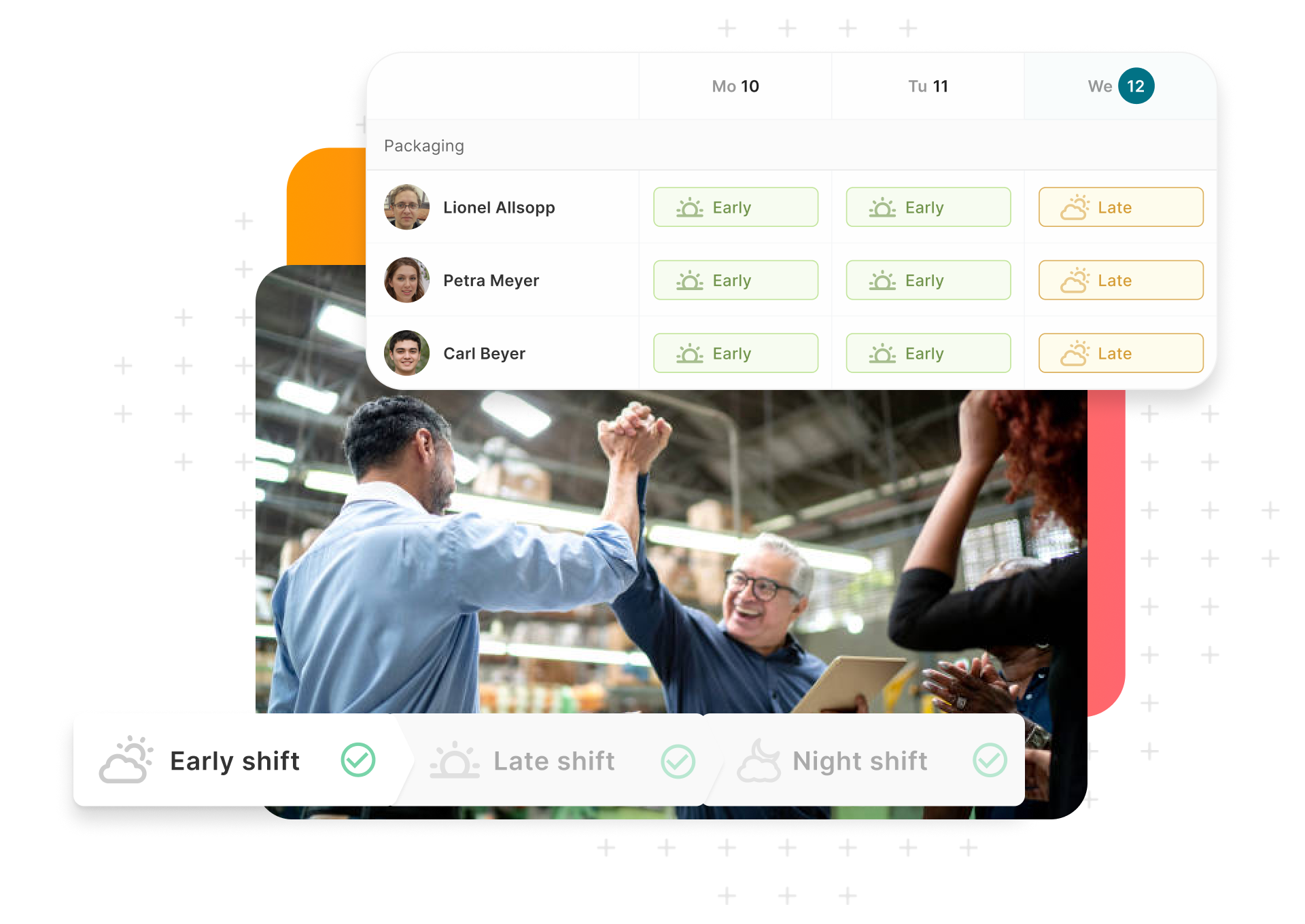
Employee engagement
Whether at the machine, on the ramp, the assembly line, or the couch – all employees can use the employee self-service to get information, create digital requests, and get involved in planning. Transparent information and digital workflows ensure that the right information arrives automatically – without writing e-mails, making phone calls, or creating notices. Self-service instead of paper chaos and telephone marathons.
Whether at the machine, on the ramp, the assembly line, or the couch – all employees can use the employee self-service to get information, create digital requests, and get involved in planning. Transparent information and digital workflows ensure that the right information arrives automatically – without writing e-mails, making phone calls, or creating notices. Self-service instead of paper chaos and telephone marathons.
Manage skills
It takes the right person in the right job with the right skills at the right time. An overview shows planners the shift coverage and automatically warns about gaps and missing job skills. The system thus suggests suitable staffing.
It takes the right person in the right job with the right skills at the right time. An overview shows planners the shift coverage and automatically warns about gaps and missing job skills. The system thus suggests suitable staffing.
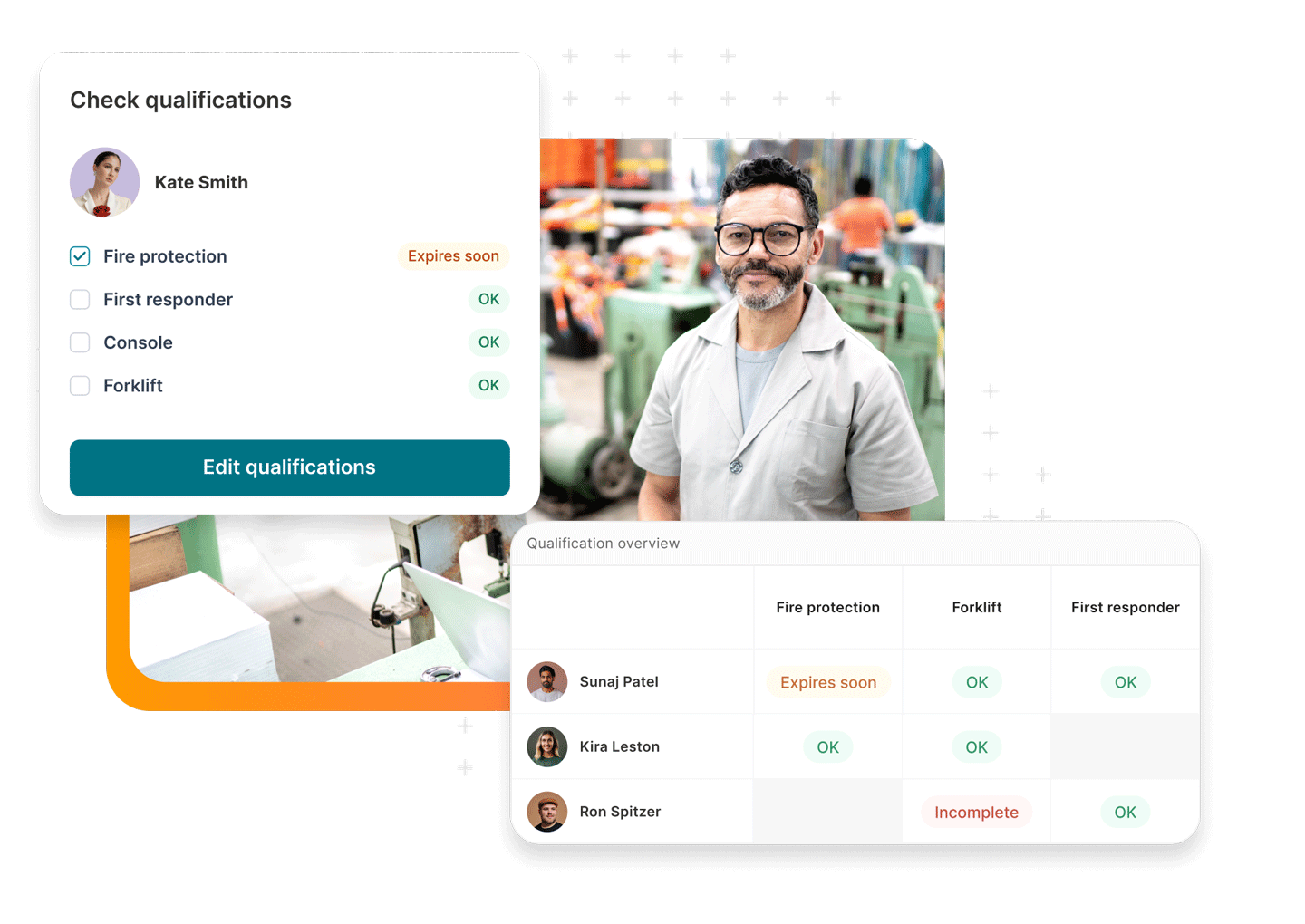
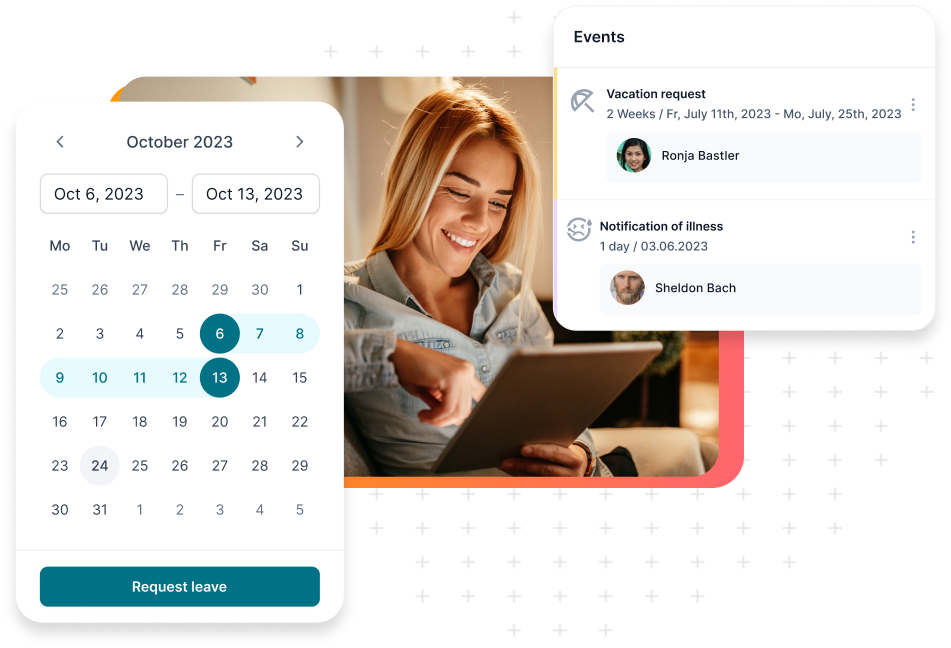
Manage absences
Vacations, further training, sick leave – there are always planned or short-term absences. Review vacation requests by considering when staffing might be thin and where staffing requirements are not met. With short-term absences, the staffing assistant provides support when quickly filling the position. So that your team is always well positioned.
Vacations, further training, sick leave – there are always planned or short-term absences. Review vacation requests by considering when staffing might be thin and where staffing requirements are not met. With short-term absences, the staffing assistant provides support when quickly filling the position. So that your team is always well positioned.
Time management: keeping an eye on working time
Error-free billing, less stress, and happy employees. All wage-related information correctly recorded and evaluated. Who clocked in and out, worked overtime, is eligible for extra pay? Are you looking for a time management system or would you like to integrate your existing one? With us, both are possible.
Error-free billing, less stress, and happy employees. All wage-related information correctly recorded and evaluated. Who clocked in and out, worked overtime, is eligible for extra pay? Are you looking for a time management system or would you like to integrate your existing one? With us, both are possible.

Follow the rules
Every company must comply with laws, collective bargaining agreements, and other company and legal agreements, as well as individual requirements. A good schedule can take all this into account individually and supports compliance. This way, you are always on the safe side.
Every company must comply with laws, collective bargaining agreements, and other company and legal agreements, as well as individual requirements. A good schedule can take all this into account individually and supports compliance. This way, you are always on the safe side.
AI optimizes – you decide
Artificial intelligence supports all of us in our daily lives – and it is the same with WorkforcePlus. With the help of AI, comprehensive rosters can be created automatically or staffing proposals can be generated in case of short-term absences. It is important to us that you are always supported in your planning instead of having to do everything manually and that you always have the final say – we stand for the responsible use of AI.
Artificial intelligence supports all of us in our daily lives – and it’s the same with WorkforcePlus. With the help of AI, comprehensive rosters can be created automatically or staffing proposals can be generated in case of short-term absences. It’s important to us that you are always supported in your planning instead of having to do everything manually and that you always have the final say – we stand for the responsible use of AI.

Easy access with Cloud Solution
As a cloud solution, you can access WorkforcePlus from anywhere and at any time. The SaaS model offers quick deployment. Conveniently, we manage your WorkforcePlus with the highest availability and minimal effort on your part. Your data is always protected, including during transmission via interfaces to other cloud and on-premise systems.
As a cloud solution, you can access WorkforcePlus from anywhere and at any time. The SaaS model offers quick deployment. Conveniently, we manage your WorkforcePlus with the highest availability and minimal effort on your part. Your data is always protected, including during transmission via interfaces to other cloud and on-premise systems.

Contact

For inquiries or more information, contact me:
Kai Quadflieg
Sales
Here to support you with expertise:
Kai Quadflieg
Sales






